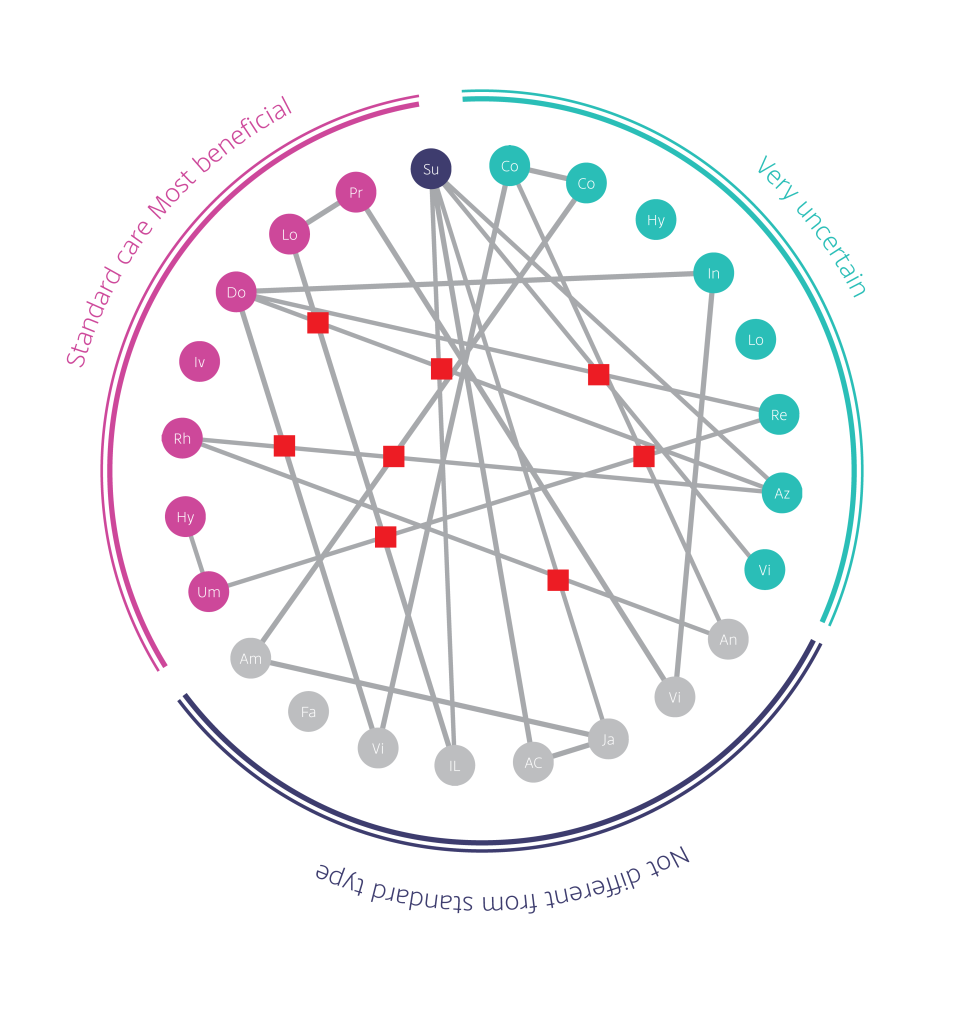Visual abstract

Summary
The study aims to evaluate the effectiveness of treatments for Achilles tendinopathy through a living systematic review with network meta-analysis. The review includes data from randomized controlled trials involving different treatments for Achilles tendinopathy.
Data recources
Participants
We excluded trials with 10 or fewer participants per treatment arm or trials investigating tendon ruptures.
Trails
29 trials investigating 42 different treatments were included.
Comparations

Outcome
The study suggests that exercise therapy could be a suitable initial treatment option due to its ease of prescription, low cost, and minimal harms. The living network meta-analysis identified large uncertainty in the comparative estimates due to the lack of trials at low risk of bias. The study provides insights for clinical decision-making in Achilles tendinopathy treatment. The primary outcome measure used was the Victorian Institute of Sport Assessment-Achilles questionnaire. The study is part of the Dutch multidisciplinary guideline for Achilles tendinopathy and is updated regularly. Patient involvement and pilot interviews were conducted to determine relevant outcomes. The study’s findings are based on a living systematic review approach, assuming new knowledge will appear over time. The review aims to improve clinical decision-making and promote faster translation of evidence into practice.

